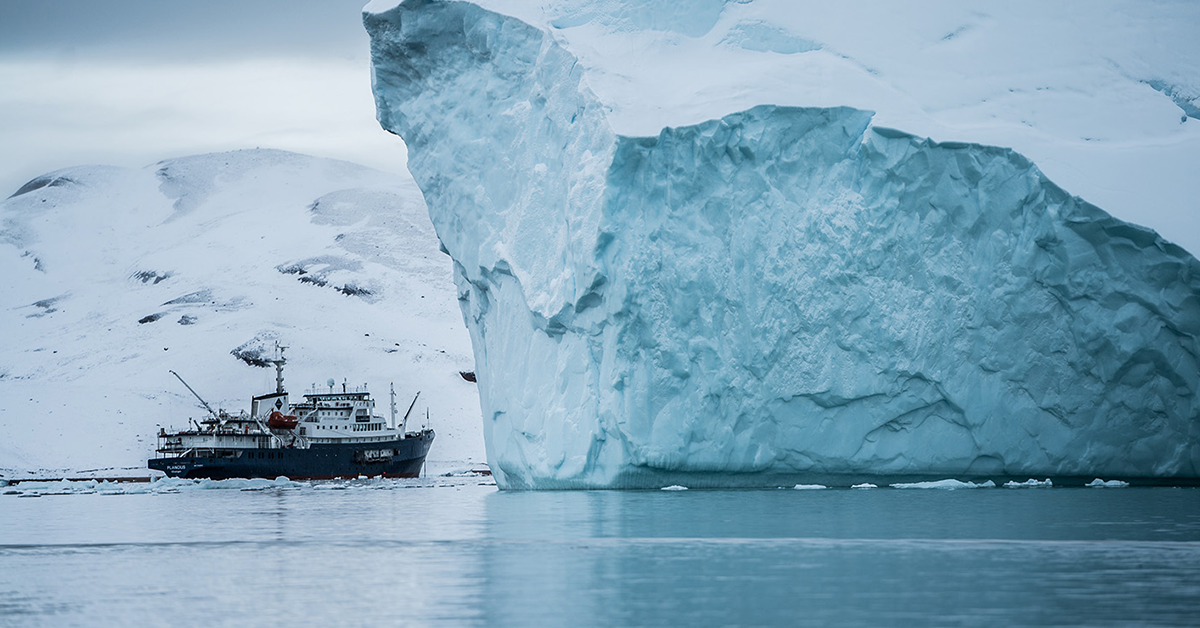Johns Hopkins Applied Physics Laboratory researchers designed a technology based on artificial intelligence and machine learning to help forecast the formation of sea ice in the Arctic regions.
The AI/ML model shows promise as a safety tool for commercial and military vessels navigating through previously ice-blocked sea routes, the laboratory reported Friday.
With climate change causing temperatures to rise four times faster in the Arctic, sea ice has been melting in its waters at a rate of 2.5 percent every ten years. As a result, more icebreakers and vessels for fishing, tourism and research are passing through.
“In many ways, sea ice is a brave new world…The ice is thinning, and precipitation is changing from snow to rain,” said Mary Keller, APL remote sensing scientist and the project’s lead. “Areas that appear clear in satellite imagery can be ice-blocked just a day or two later, spelling trouble for ships that thought they were on a safe course through a strait or bay.”
The National Ice Center currently uses tracking methods that involve manually clicking on satellite images to create forecast maps as advanced as 48 hours every day.
Johns Hopkins APL’s scientists were able to create a model with 1-kilometer resolution, and proved 97 percent accurate in predicting the formations one to seven days ahead of time.
The study’s lead authors noted that the technology still has a lot of areas for improvement, prompting a follow-up project that will use physics-informed neural network to refine short-term forecasting.





